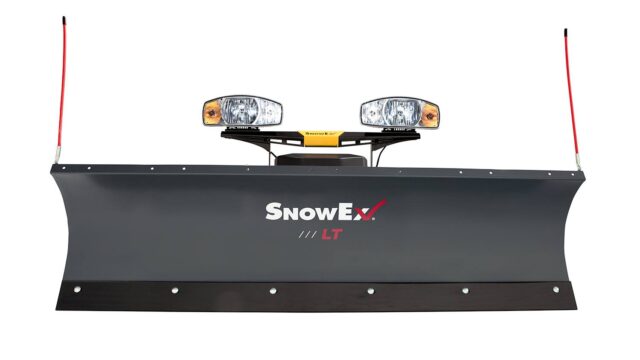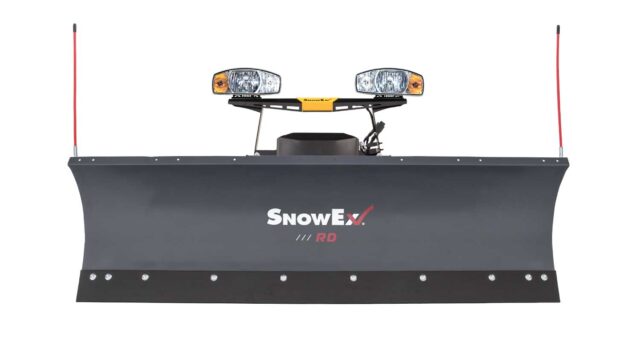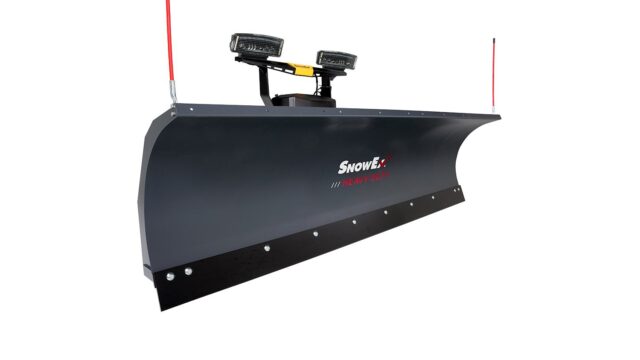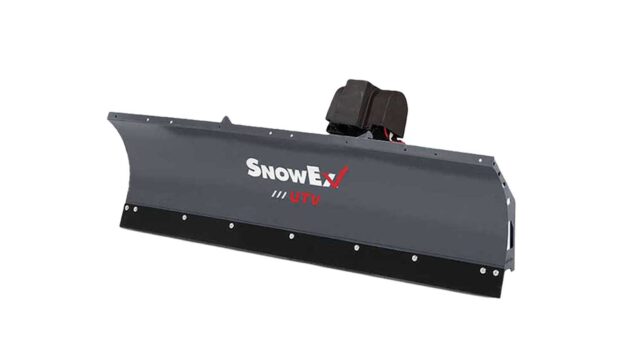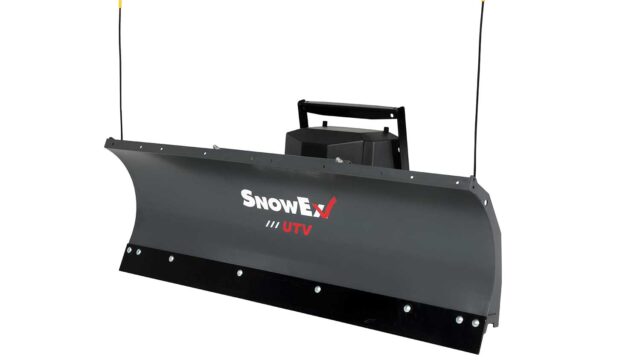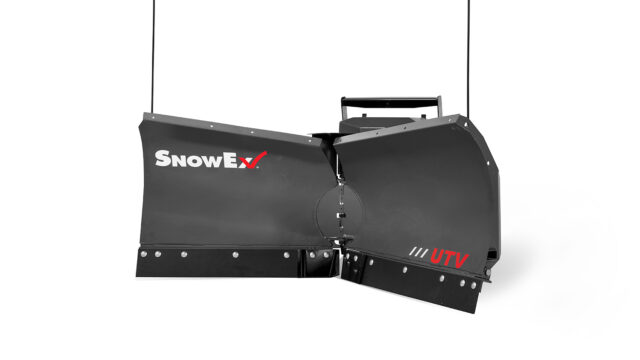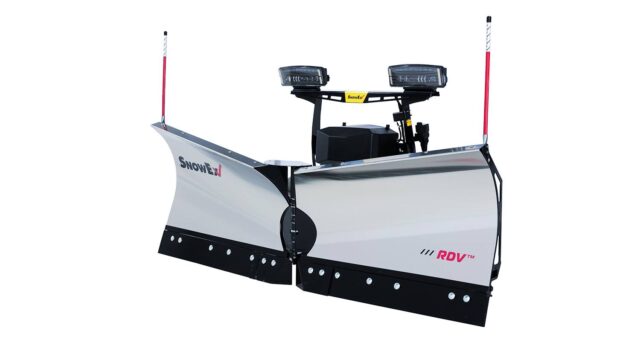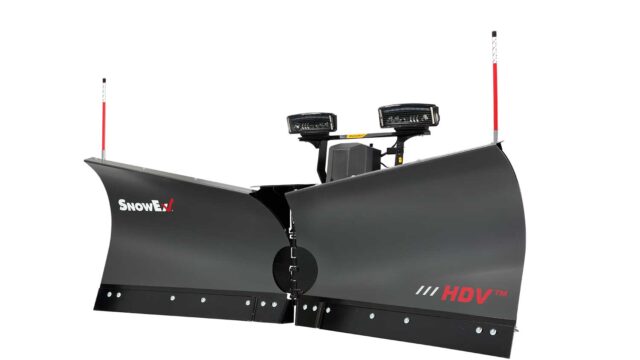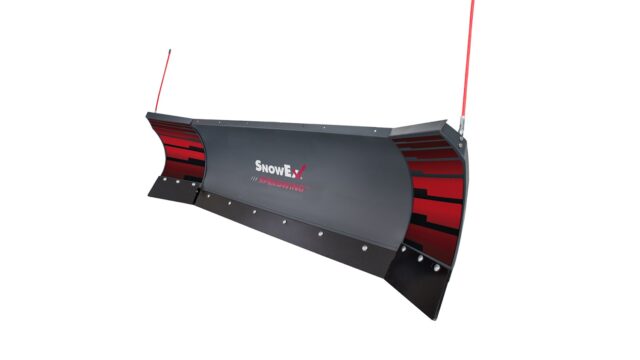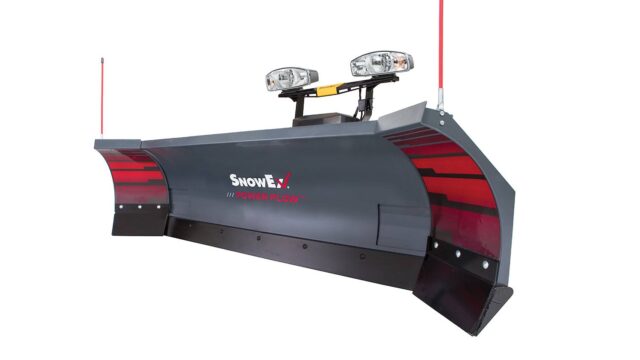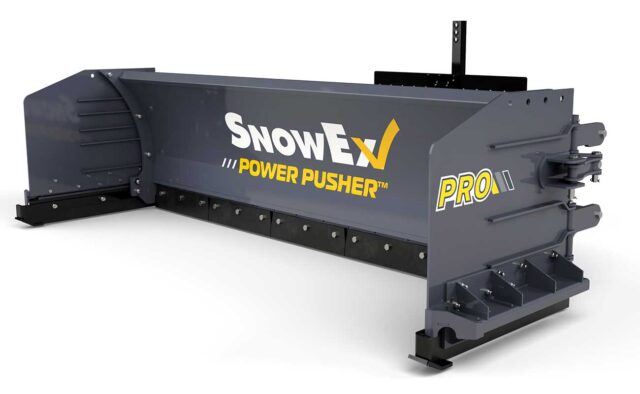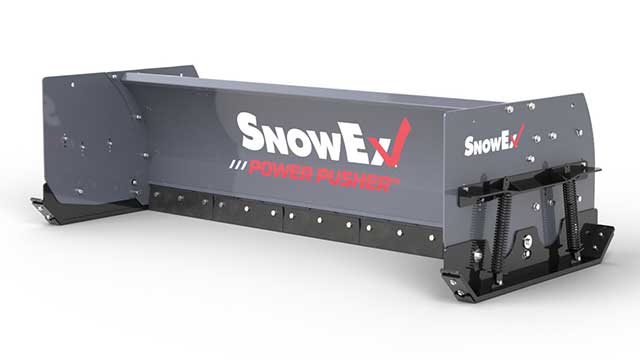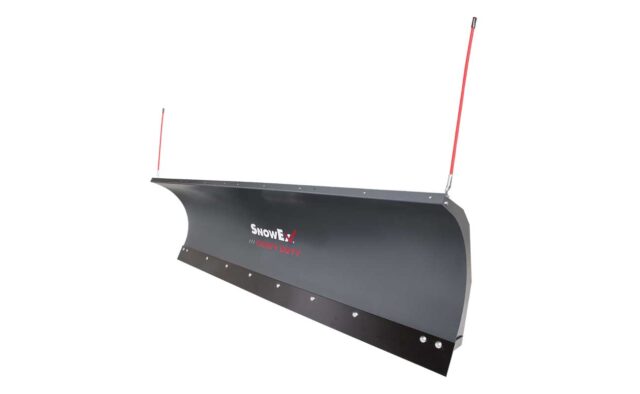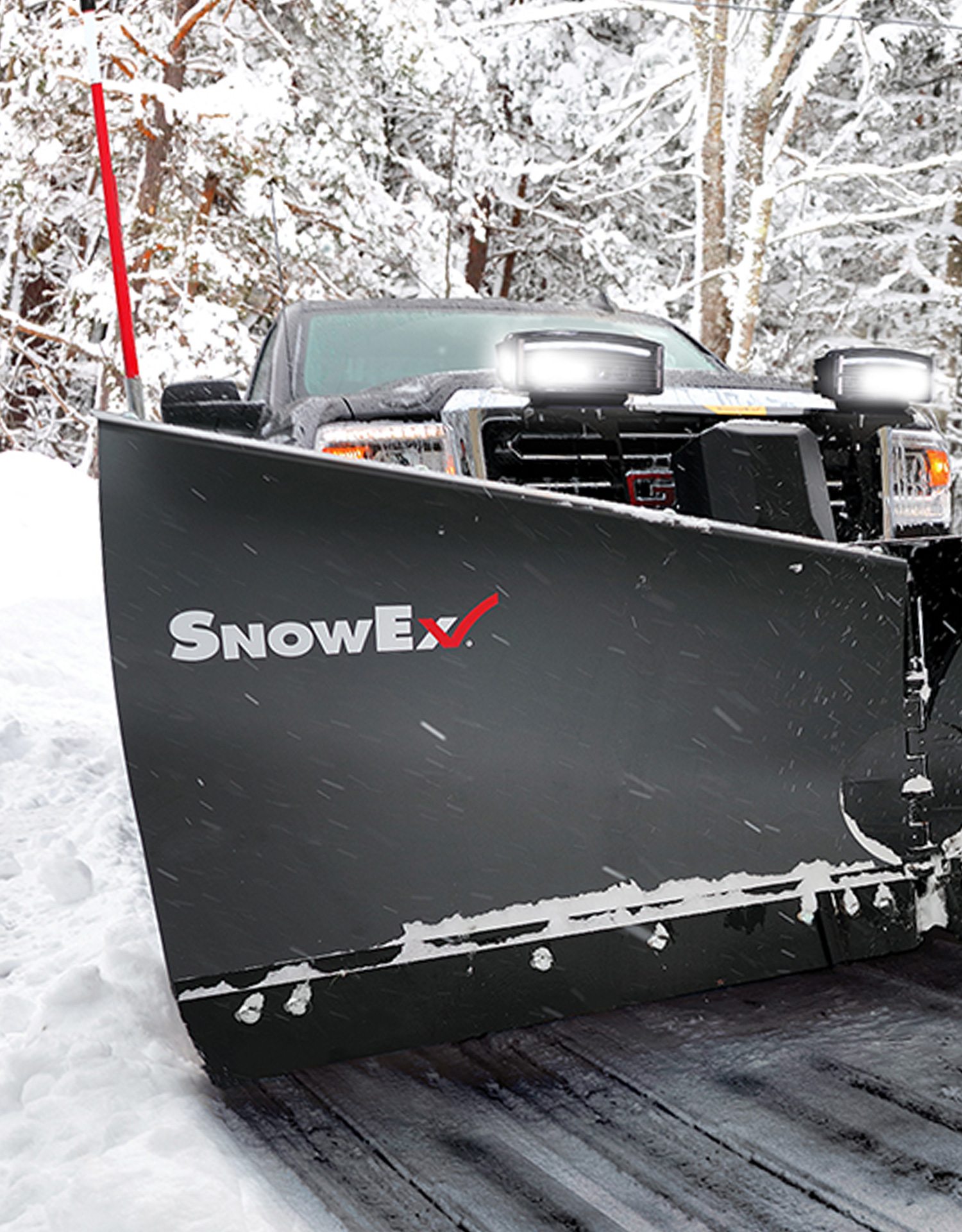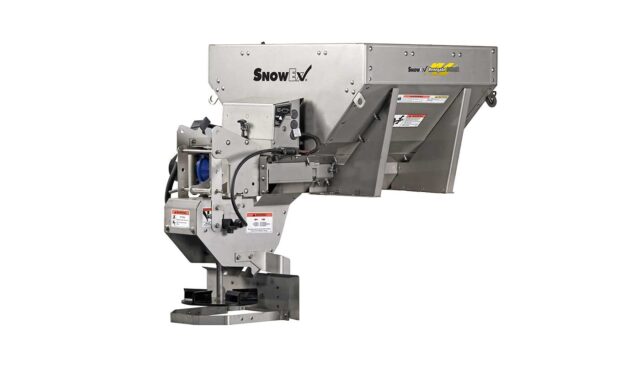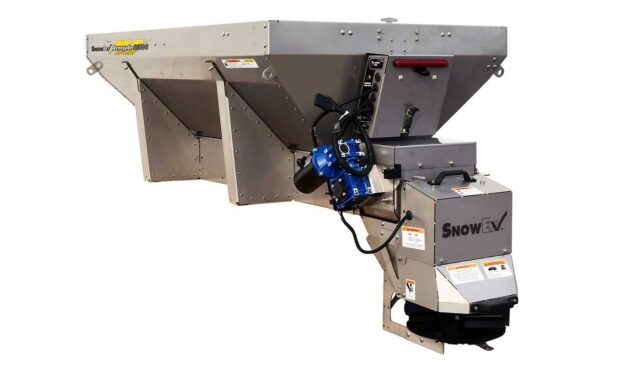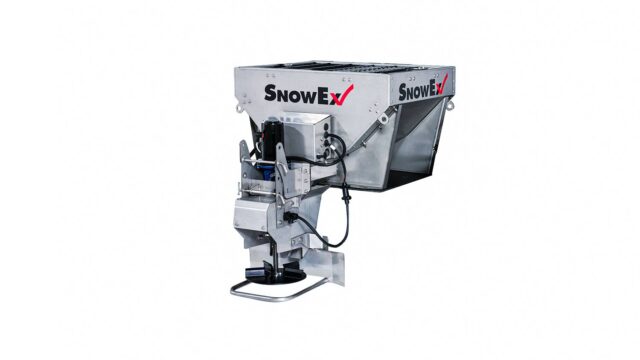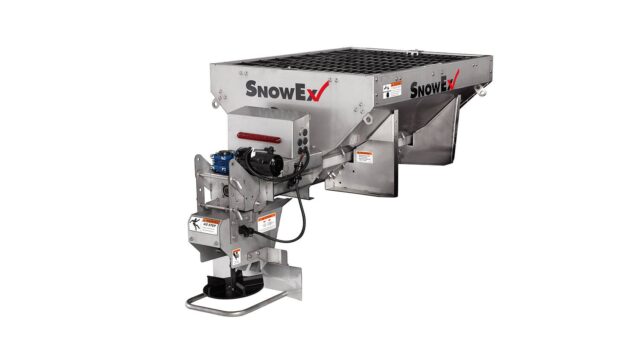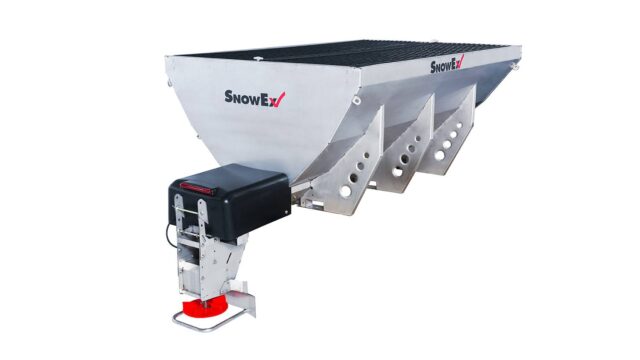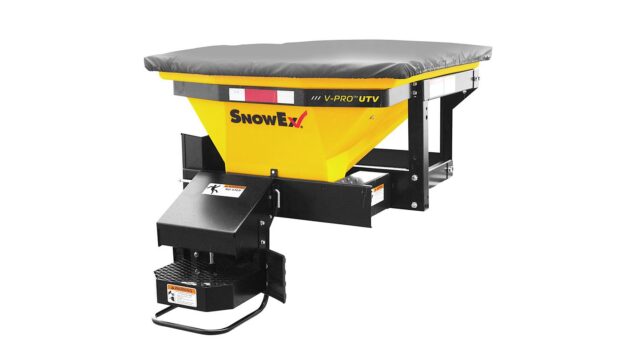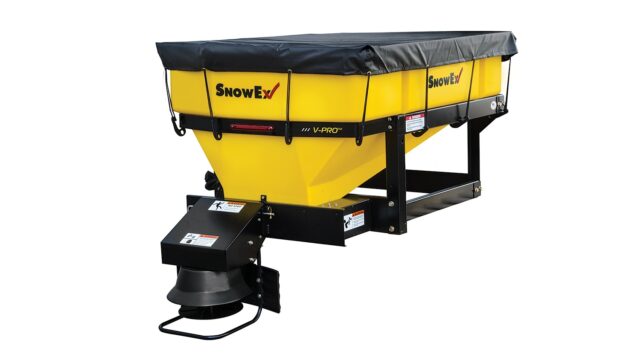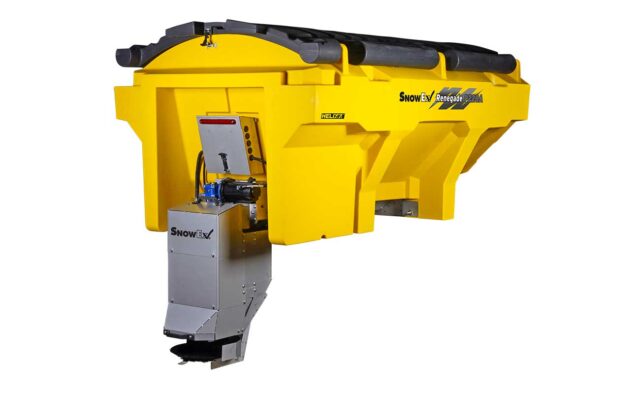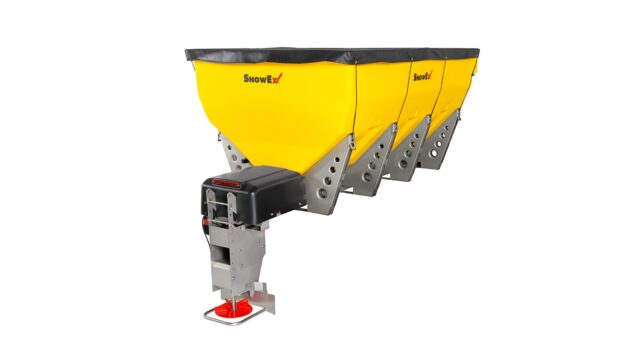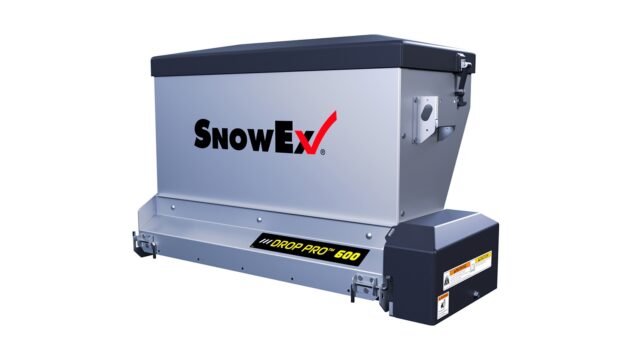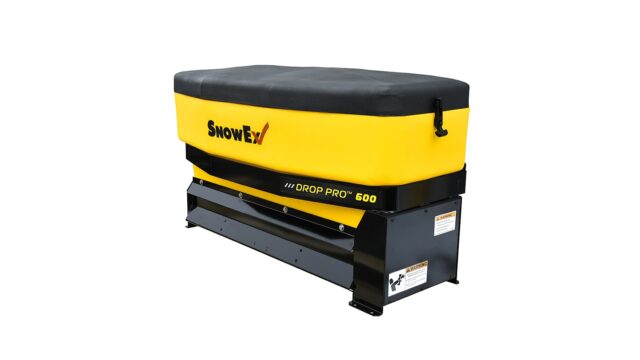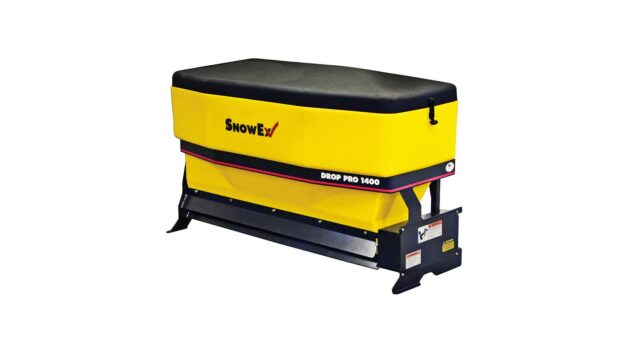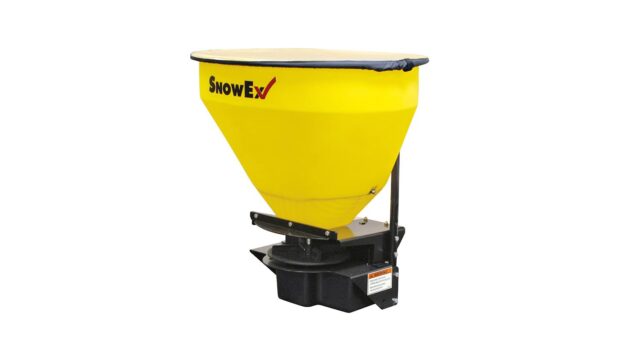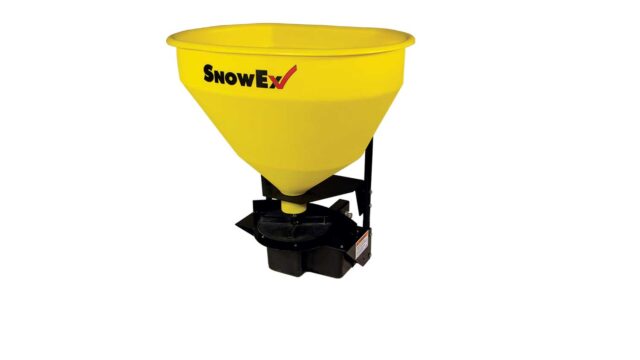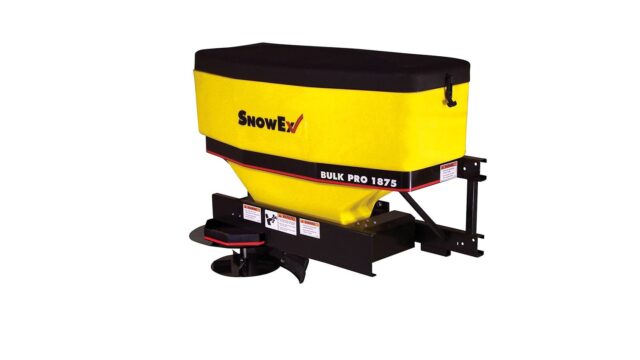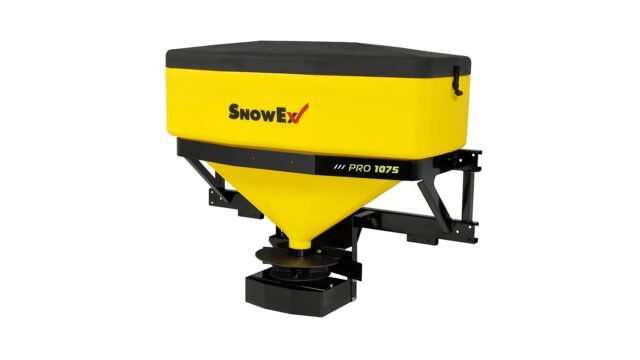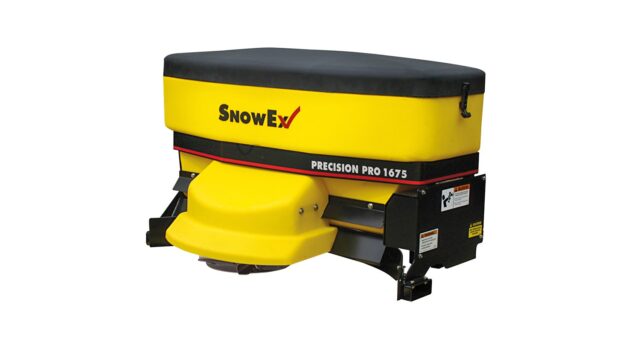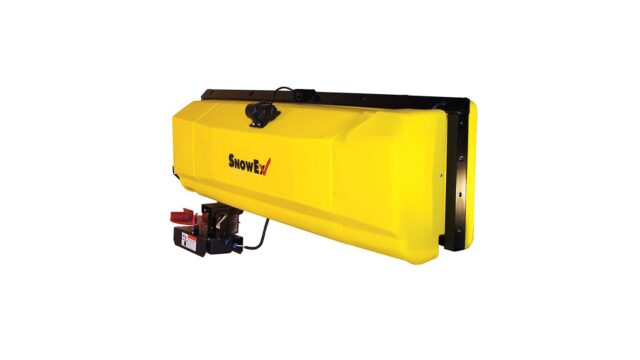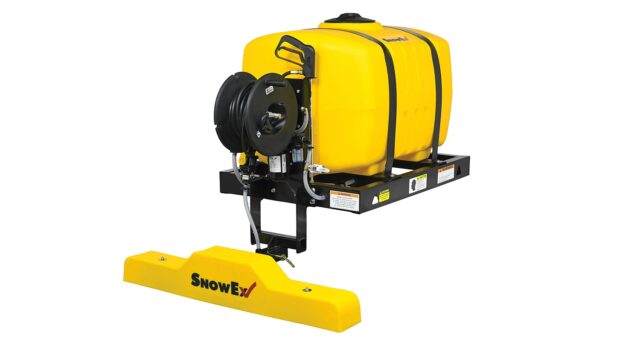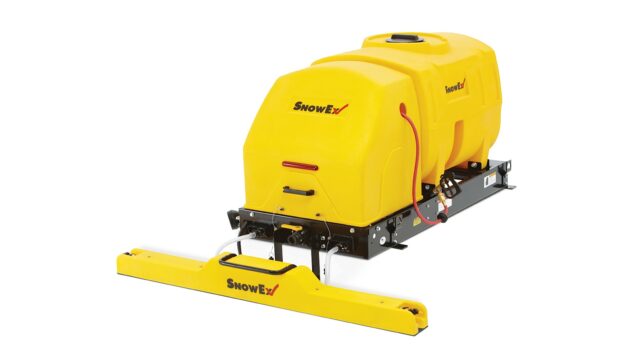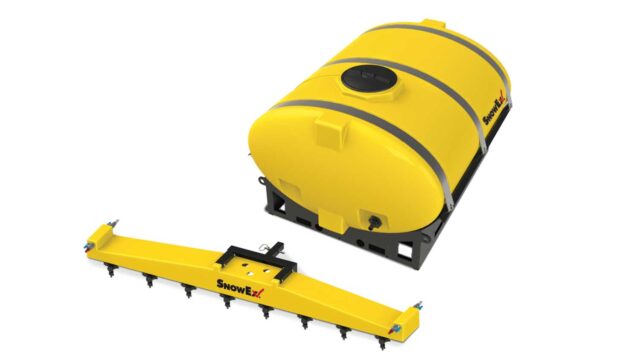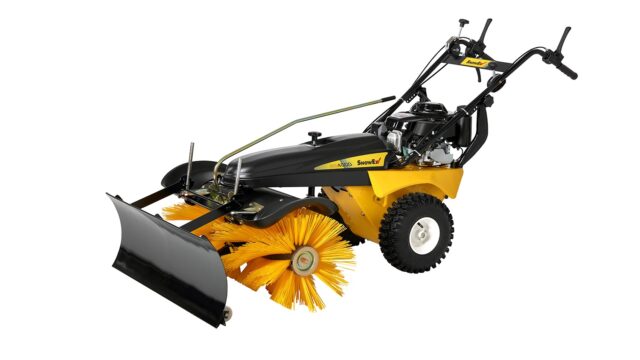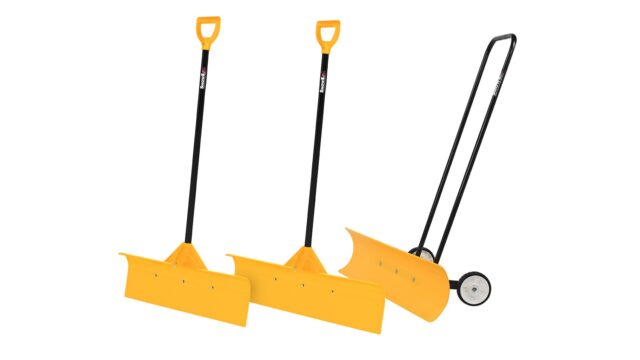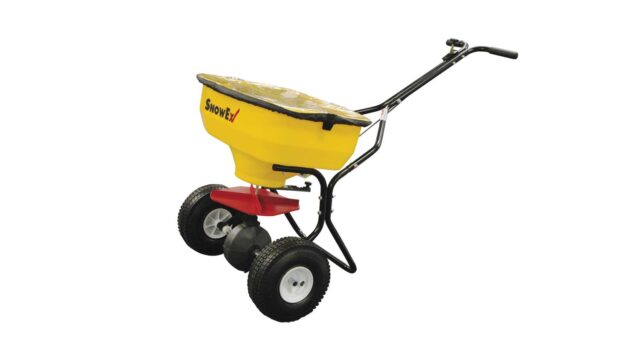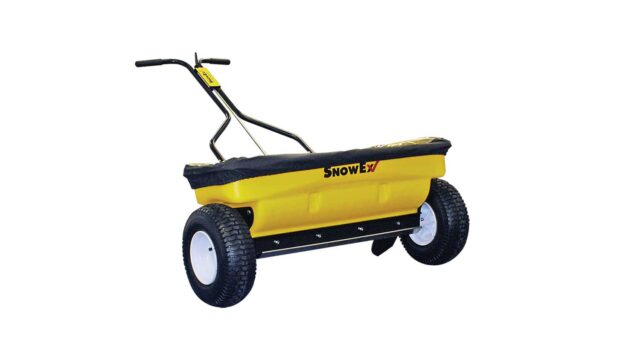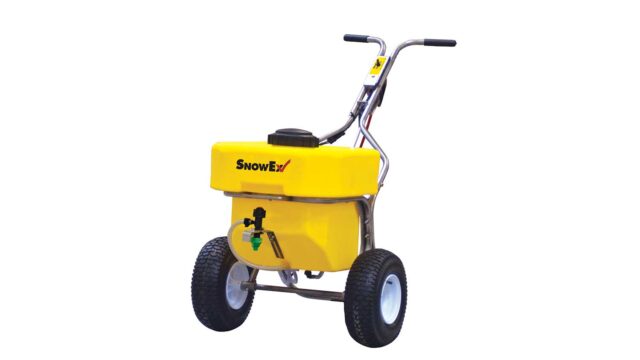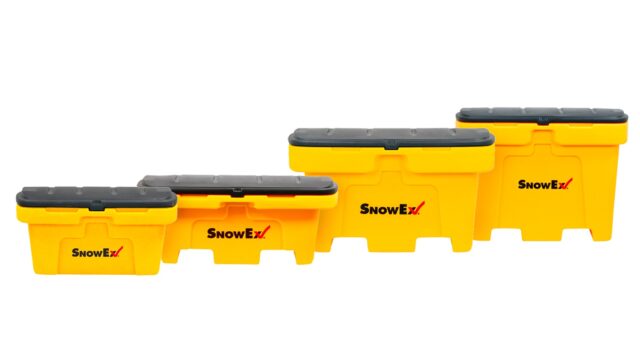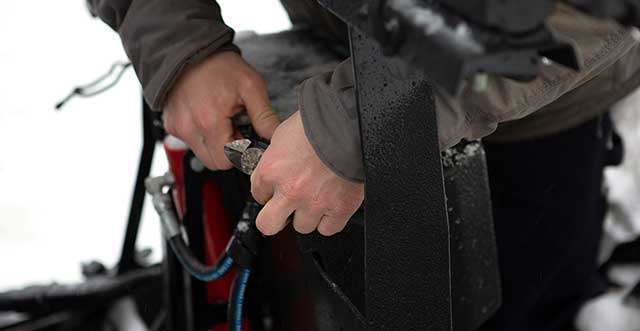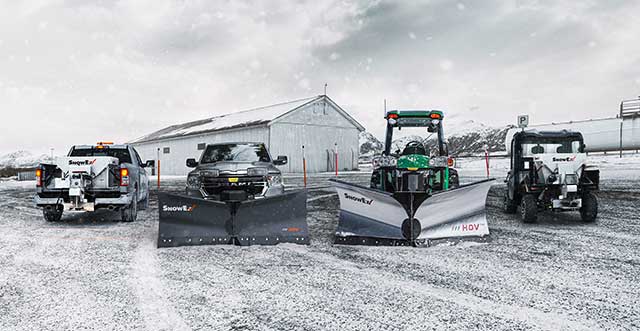Safe Backing Tips for Driving with a Spreader or Sprayer
Created June 23, 2020
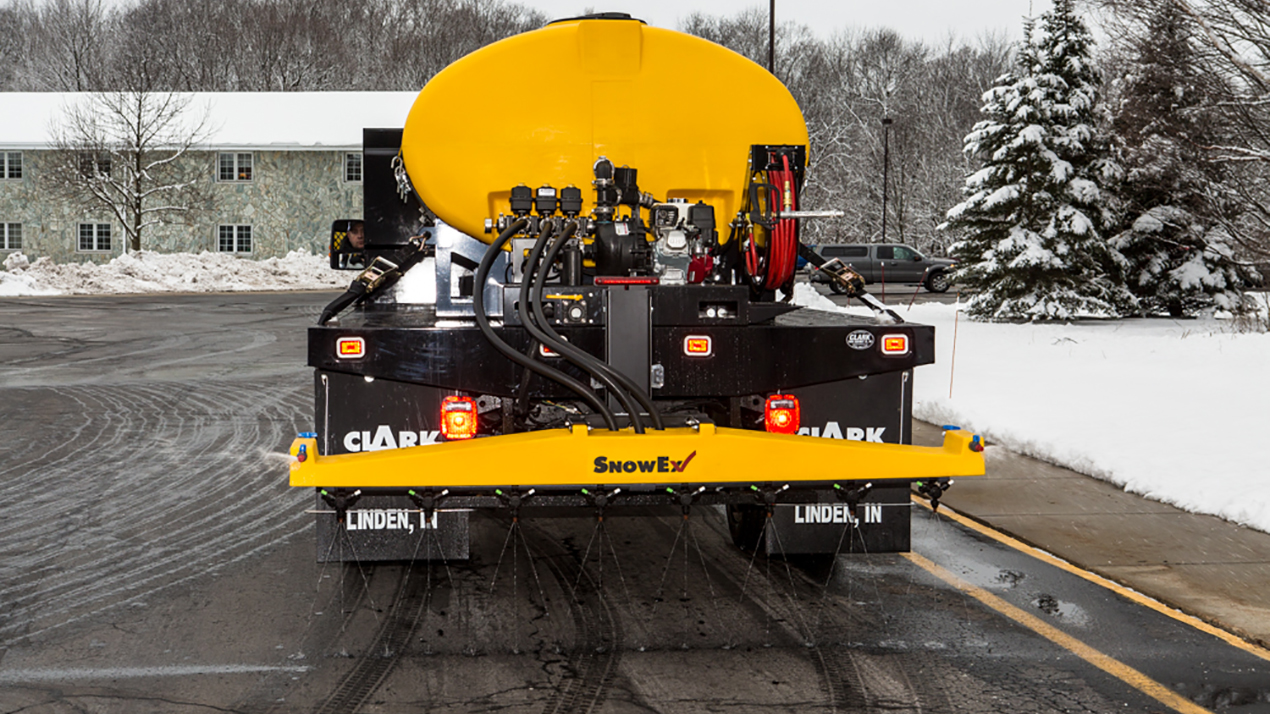
Operators driving equipment with salt spreaders or liquid spray systems must adhere to best practices for safe backing, especially given the sight obstructions. Understand the dangers and follow these steps for safer operations:
Backing Dangers
- Extra weight on the chassis of the vehicle affects its handling and stopping distance. Extra time and space should be given whenever maneuvering a vehicle when additional equipment is added to it.
- Make sure that any equipment added to the vehicle is attached using all manufacturer guidelines for secure and proper mounting.
- Added equipment can hinder sight lines and blind spots of your vehicle. Become familiar with these limitations and take added precautions to mitigate the risk of these added challenges.
Tips for Safe Operations
- Check that all lights, backup alarms, etc. are functional and the equipment is properly secured to the vehicle before operation.
- Make sure mirrors and windows are clear of snow and ice and that visibility is maximized.
- Check that the vehicle’s braking system is operating correctly and has been inspected and serviced properly.
- Inspect tires for proper inflation, tread depth and for any punctures or cuts.
- Plan operations to minimize the need for backing up whenever possible.
- Continue to scan for hazards in the field (e.g., pedestrians, obstacles, light poles, etc.) Utilize a ground guide or spotter while backing up when possible.
By following these tips and watching out for backing dangers, you will be able to safely operate your vehicle with a salt spreader or liquid spray system in the back.
Download a PDF version of the article here.
Originally written by SIMA and SnowEx®.
